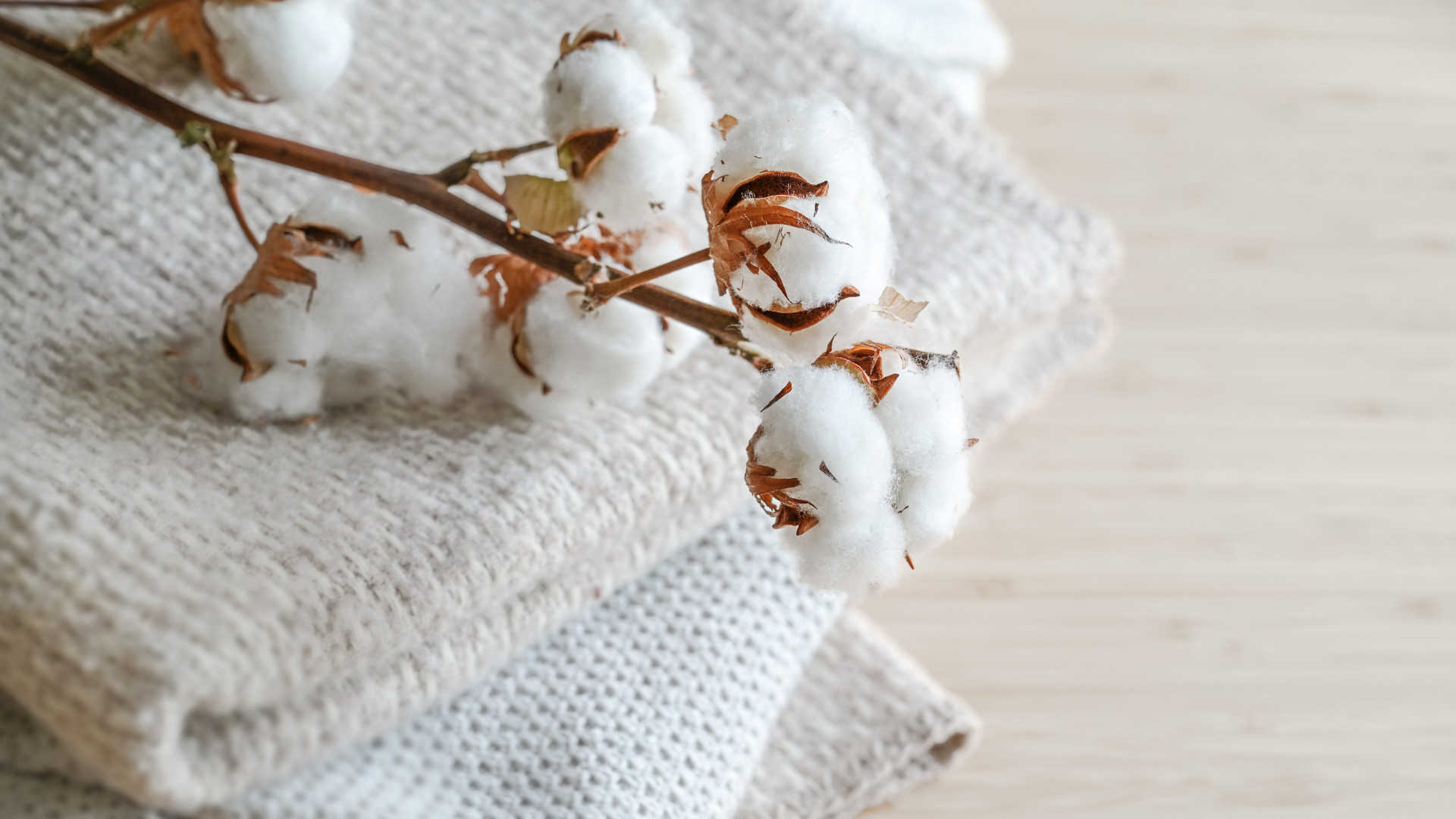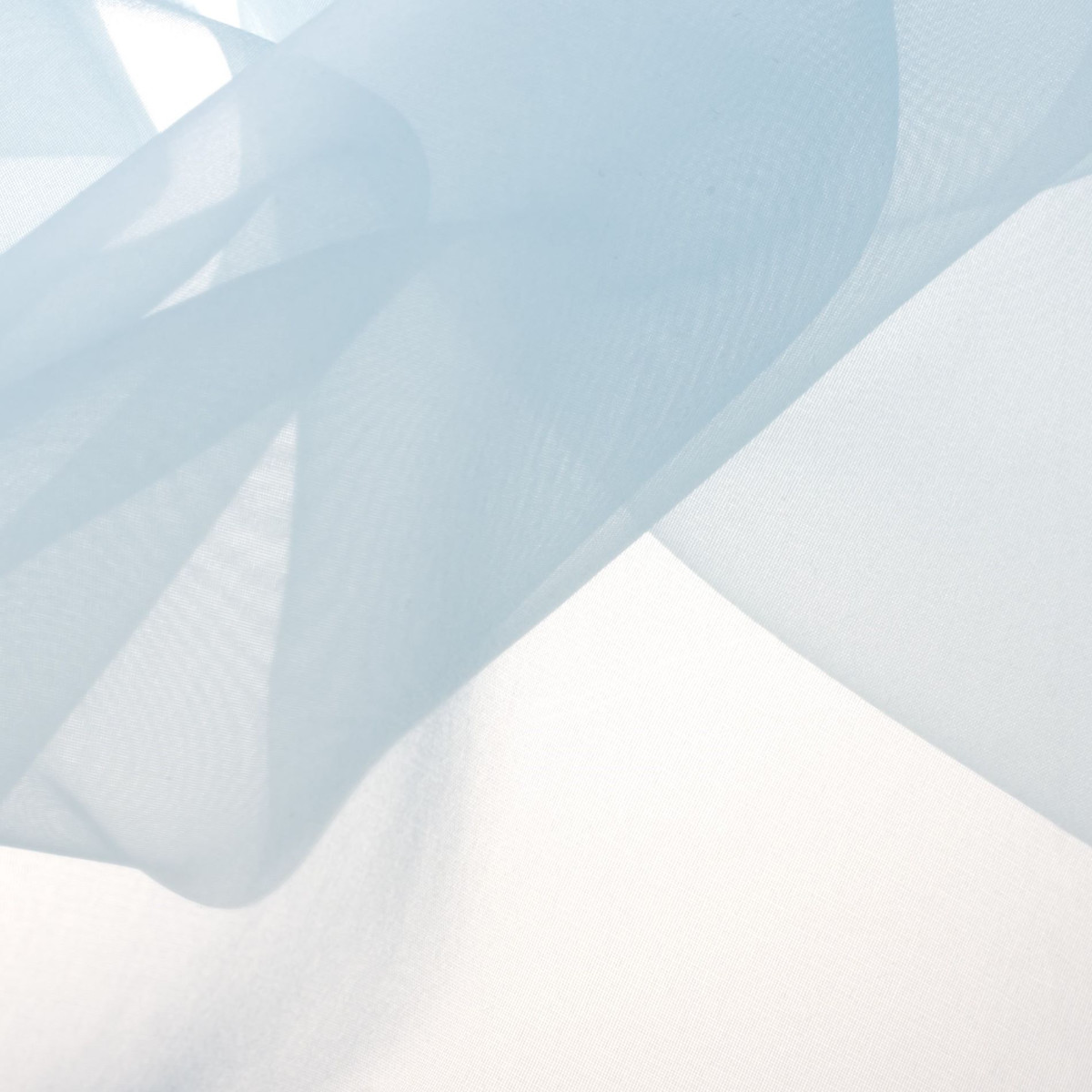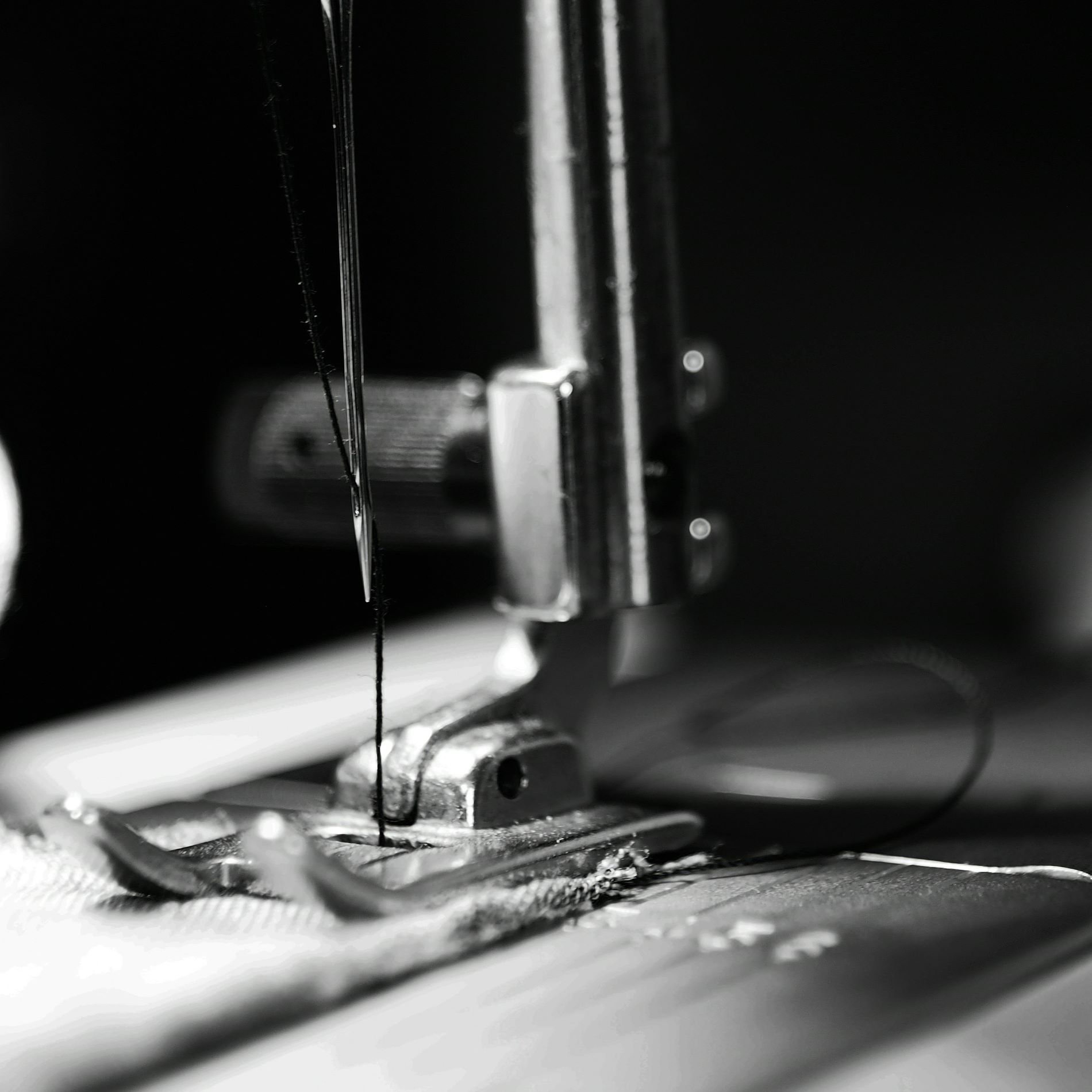Reading time: 4 minutes
Currently, natural fibers are experiencing a resurgence in interior design. While synthetic fabrics once dominated, natural materials such as cotton and linen are making a strong comeback.
Advantages of Natural Fibers:
- Comfortable ambiance and improved indoor climate
- Excellent moisture regulation
- Some fibers offer antimicrobial properties
Cotton is ideal for upholstery and curtains, while linen impresses with its resource efficiency and versatile applications. Natural fibers combine aesthetics with practicality, contributing to sustainable interior design concepts.
What Are Natural Fibers?
Natural fibers are raw textile fibers of natural origin that are extracted directly from plants or animals without chemical modification. They can be classified based on their source:
Plant-Based Fibers:
- Seed fibers: e.g., cotton
- Bast fibers: e.g., linen, hemp, jute
- Leaf fibers: e.g., sisal, pineapple leather, abacá
- Fruit fibers: e.g., coconut fibers
Animal-Based Fibers:
- Wool: from sheep, goats (cashmere), rabbits (angora)
- Silk: from silkworm cocoons
Natural fibers are prized for their versatility, pleasant texture, and eco-friendly production, playing a vital role in sustainable interior design.
Prominent Natural Fibers
Cotton:
One of the most widely used natural fibers globally, cotton is extracted from the seed hairs of the cotton plant, cleaned, and spun into yarn. Its softness, breathability, and skin-friendliness make it ideal for curtains, upholstery, and bedding. Organic cotton offers a sustainable alternative, reducing the high water consumption and pesticide use typical of conventional production. According to the Materials Market Report 2024, the share of certified organic cotton is steadily increasing.
Linen:
Derived from the stalks of the flax plant, linen boasts strength, durability, and breathability. Its natural texture and hypoallergenic properties make it a popular choice for rustic interior designs. Linen also offers antimicrobial benefits, adding to its appeal for health-conscious consumers.
Wool:
Sheep’s wool is celebrated for its insulating properties, breathability, and elasticity. It is commonly used for upholstery, carpets, and curtain fabrics. Wool’s excellent dye absorption and adaptability, such as processing into felt, make it suitable for both functional and aesthetic applications, including soundproofing.
Hemp Fibers:
Extracted from the stalks of the hemp plant, these fibers are renowned for their toughness, longevity, and antimicrobial properties. Hemp is used for insulation, carpets, curtains, and upholstery. With its impressive environmental profile, it has become a sought-after material in sustainable interior design.
Jute:
Sourced from the stalks of the Corchorus plant, jute fibers are strong, durable, and water-absorbent. They are biodegradable and ideal for carpets, lampshades, and decorative accessories.
Pineapple Leather:
An innovative material derived from pineapple leaves. After mechanical extraction and drying, the fibers are transformed into a versatile textile that can be dyed and processed further. Pineapple leather is increasingly used in contemporary home accessories and sustainable furniture concepts.
Innovative Natural Fiber Products: From Fungi to Pineapple
Interior design is witnessing the revival of traditional natural fibers, complemented by innovative materials made from renewable resources. In the context of sustainability and animal welfare, alternatives to synthetic and animal-based materials like leather are gaining ground.
Wood and Fungal Fibers:
Fibers such as Lyocell, Tencel, or Modal are made from wood cellulose. Modern processes utilize non-toxic solvents and adhere to stringent wastewater management standards. Often, the cellulose is sourced from forestry by-products, maximizing resource efficiency.
Another innovative approach is mushroom leather. Fungal fibers are either directly extracted or chemically isolated. Certain mushroom species, like Fomes fomentarius, offer efficient fiber extraction for versatile applications.
Sustainability as a Key Driver
Natural fibers excel with their warm texture, durability, and health benefits. They are biodegradable and resource-efficient. Compared to synthetic alternatives, their ecological footprint is often significantly lower. For interior designers, natural fibers open up new possibilities for holistic and sustainable design concepts.
Conclusion: The Resurgence of Natural Fibers
Interiors reflect societal trends and personal aspirations. While cool, minimalist materials dominated for years, natural fibers are regaining popularity. They offer not only aesthetic diversity but also functional advantages. Beyond traditional materials like wool or linen, innovative fibers based on cellulose or fungi enrich modern interiors and provide new creative opportunities.
FAQ: Frequently Asked Questions
What are the benefits of using natural fiber textiles?
Natural fibers are sustainably sourced, involve minimal chemical processing, and often require less water. Many fibers also offer antimicrobial properties and are highly versatile in both aesthetic and functional applications.
Are natural fibers suitable for high-traffic areas?
Yes, certain natural fibers like hemp or jute are particularly durable and ideal for heavy use. However, it’s essential to establish specific requirements regarding tear strength and abrasion resistance in advance.
What types of natural fiber textiles are popular?
Cotton remains the leading natural fiber, with a global production share of nearly 20% (Materials Market Report 2024). Linen is also experiencing a revival, while innovative materials continue to expand the range of available options.










